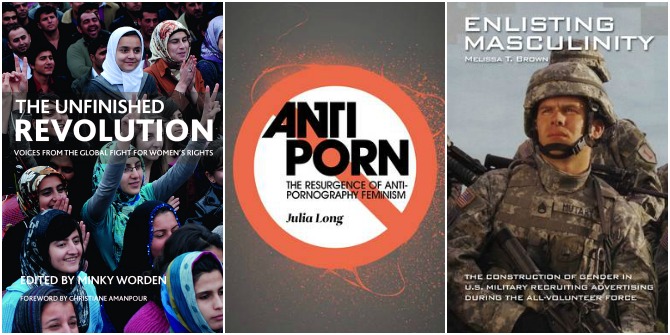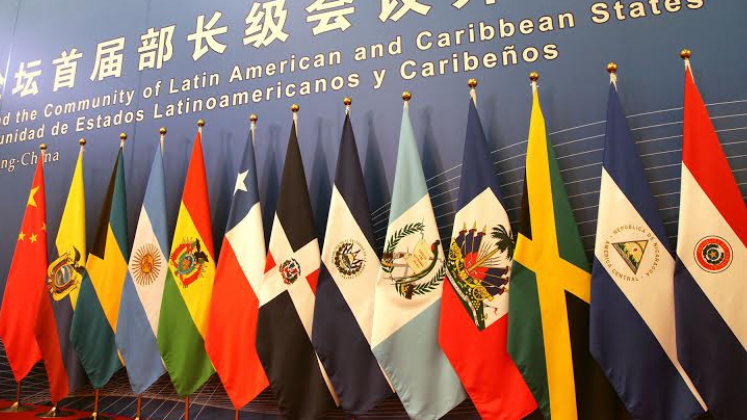Being Muslim and Working for Peace aims to challenge popular notions about Muslims in India and question ill-conceived research designs in the sociology of religion, through an exploration of the various ways in which religious beliefs, ritual practices and dynamics of belonging impact the politics of Muslim peace activists in Gujarat. Kalathmika Natarajan finds that this is a welcome addition to the literature on the diversity of Muslim identity in India and should be of interest to scholars and activists alike.
 Being Muslim and Working for Peace: Ambivalence and Ambiguity in Gujarat. Raphael Susewind. SAGE. January 2013.
Being Muslim and Working for Peace: Ambivalence and Ambiguity in Gujarat. Raphael Susewind. SAGE. January 2013.
Raphael Susewind’s Being Muslim and Working for Peace: Ambivalence and Ambiguity in Gujarat is an exploration of Muslim peace activists in Gujarat after the anti-Muslim riots of 2002 and the diverse ways in which their religious identity informs their activism (if at all) and vice versa. Based on Susewind’s diploma thesis in Political Science, the book focuses not as much on the 2002 riots itself, but rather frames the riots as the watershed moment in the aftermath of which Muslim identity and ideas of belonging were re-negotiated.
Through psychometric questionnaires and interviews with 21 Muslim men and women involved in peace activism – some of whom were direct victims of the riots – Susewind categorizes them as ‘Faith-Based Actors’, ‘Secular Technocrats’, ‘Emancipating Women’ and ‘Doubting Professionals’. Drawing on Appleby’s work on the ‘ambivalence of the sacred’, he studies the complexity of these individuals’ experiences with the sacred. Methodologically, this is an exercise in highlighting the importance of studying the individual, rather than simply privileging analysis of ‘the community’ or structures, institutions and their constraints.
Being Muslim and Working for Peace Moves from the (well-deserved) focus on perpetrators and their violence to study the ‘complex story’ of peace, a story that questions the apparent permanence of the label of ‘victimhood’ to show the ways in which those directly impacted by the riots have (re)claimed their agency. The book challenges popular stereotypes of Indian Muslims by reiterating that far from being a monolithic, homogenous group that is often represented as little more than a ‘Muslim vote-bank’, there is great diversity and internal debate in the Indian Muslim community. Neither is there one understanding of the religious dogma that is supposed to unite, nor one common definition of who ‘the community’ refers to.
There exists a curious scenario, where in most mainstream representations religiosity is the defining characteristic of ‘the Indian Muslim’ who is almost synonymously ‘the Pious Indian Muslim’ and yet, ‘the leadership from within Muslim communities (in peace activism) is rejected as illegitimate because it is faith-based and if it is not faith-based, it is not recognized as legitimately Muslim’ (p. 24). For an analysis of the representation of Indian Muslims as ‘the recognizably different other’ in images, see Shahid Amin ‘On Representing the Musalman’.
In his analysis, Susewind finds that ‘Faith-Based Actors’ – whether they inherit activism as a familial role of conflict-mediation or use their activism to ideologically re-assert their Muslim-ness – viewed peace activism as natural: by being born a Muslim, one was a peace activist. ‘Secular Technocrats’, even though they recognize their self-identity as Muslim, felt little sense of belonging with their in-group and little impact of religious beliefs on their work for peace. Their secularism was not as much ideological as it was an indication of the fact that their everyday actions were not in any way influenced by religion. These Secular Technocrats are the ‘Forgotten Muslims’; indeed their existence as non-religious Muslims reflects a category that most discourses on Indian Muslims simply do not recognise.
‘Doubting Professionals’ are a category of mostly liberal middle-class professionals for whom the riots of 2002 caused a major rethink about their religious identity and the larger community for whom they felt ‘responsible’ after the violence. Their aesthetic spirituality – with a recognition of the ambiguity of religion, that it ‘was neither good nor bad’ – serves as a motivation in their work to enable Muslims to make their own choices about religion, beyond the control of the Ulema.
While his work on Faith-Based Actors, Secular Technocrats and Doubting Professionals make for interesting reading, they reiterate existing academic knowledge of the diversity and multiplicity of identities within Indian Islam. However, it is in analysing ‘Emancipating Women’ and their narratives of belonging, identity and agency after the 2002 riots that Susewind breaks new ground by providing important insights for studying the experiences of women who are victims of conflict.
For these women, the personal is the political and their peace activism is an intimately personal journey of (re)discovering agency and emancipating themselves first from their victimhood after the riots and later on, the rigid structures of patriarchy in their communities that stifle their new-found identity and activism. Such is the impact of the riots in the lives of these women that some of them interpret the riots in retrospect in ‘disturbingly positive’ terms: as an event whose aftermath (in the form of working with NGOs) provided them a new opportunity, because ‘…what was in our mind, the skills we had, all that came to the fore then’ (p.83).
Their activism soon lead to a constant questioning and reshaping of their religious identity, be it choosing to adopt liminal traditions of worship, using Islamic feminism as a means to reinterpret their religion on their own gendered terms or in some cases, ultimately rejecting religion. In negotiating the tensions between how they relate to religion as an individual and the pressures of the orthodox community on them, these women ‘experience the ambivalence of the sacred as a personal dynamic’ (p. 94).
One of the strengths of this book is that Susewind quotes his interviewees extensively and to great effect, highlighting their voices without constantly editorialising them for the reader. However, it is surprising that a book with considerable focus on the individual and belonging to the Muslim community in the Indian context does not engage with some key literature on the subject in a historical context, notably Ayesha Jalal’s Self and Sovereignty.
The book has a limited scope and – as Susewind acknowledges – 21 interviews are hardly generalizable and the book suffers whenever it attempts to extend its analysis. Yet, for emphasising the agency of the individual Muslim and his/her complex relationship with religion and the larger Muslim community, Being Muslim and Working for Peace is a welcome addition to the literature on the diversity of Muslim identity in India and should be of interest to scholars and activists alike.
————————————–
Kalathmika Natarajan is a Research Assistant with the Joint USI-MEA Great War Commemoration Project at the Centre for Armed Forces Historical Research, United Services Institution of India, New Delhi. She holds a postgraduate degree in International Relations from Royal Holloway, University of London. Her research focuses on conceptions and constructions of national identity in postcolonial India from a historical and contemporary perspective. Read more reviews by Kalathmika.








2 Comments